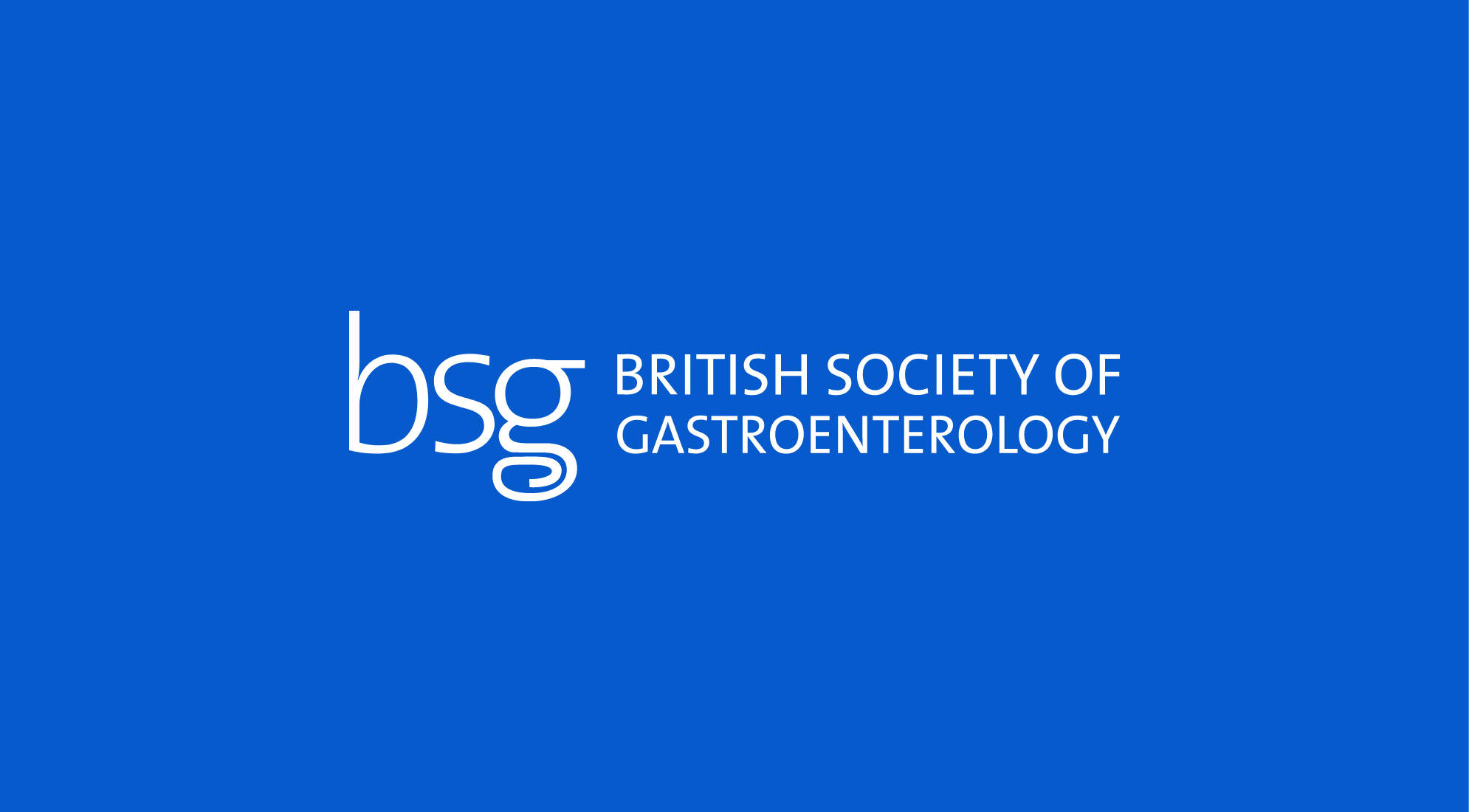everal guidelines and standards of care on the management of neuroendocrine tumors (NETs) have been published by expert national and international groups in recent years; additional changes in how these patients are managed are evolving rapidly, and since the last European Neuroendocrine Tumor Society (ENETS) Guidelines in 2011/12, new important data have become available pertaining to novel diagnostic tools and therapies. On October 30th and 31st, 2014, the ENETS held an Advisory Board meeting in Vienna aiming at critically discussing and updating the ENETS Guidelines on the Diagnosis and Treatment of Neuroendocrine Tumors generated initially in 2005-2006 and revised in 2011.
The consensus sessions covered the following neuroendocrine neoplasm-related topics by sites of origin or stage: gastroduodenal, midgut (including appendix), hindgut, functional pancreatic, non-functional pancreatic, and two final sessions that covered liver and other distant metastases from neuroendocrine neoplasms of any origin and a separate session devoted to neuroendocrine high-grade tumors and carcinomas.
Read More

